PEMs Forest Quantification Technologies and Linked Monetization Process
PEMs Forest Legacy Carbon Initiative (FLCI) brings together PEMs full suite of technologies to quantify and monetize forest carbon sequestration and buyers of carbon across a range of locations for diverse stakeholders. The FLCI is based on 1 to 5 million+ acres of forest (continuous or aggregated) covering diverse ecological habitats and land ownership. The FLCI link and the basis for a working agreement between landowners and external stakeholders is comprised of carbon rights–not the physical land or trees. The goal of the FLCI is to demonstrate small-to-large scale forest carbon sequestration and biodiversity preservation & management with revenue generation in a new and radical approach to carbon trading. The model developed for FLCI projects can be applied to forests around the globe particularly in areas of wide spread deforestation in the tropics. PEMs monitoring, verification and accounting (MVA) equipment is deployed across a forest project landscape providing unprecedented detail for carbon dynamics.
PEMs patented technologies to quantify forest carbon can be linked to unique and verifiable carbon securities. PEMs securities approach may not be applicable to all projects and requires specific project verification protocols. PEMs Verified Carbon Financial Instrument (VCFI) is based on emissions measurement linked securities. Sales of the VCFI will fund projects by offering each acre of the sequestered forest carbon to the buying public. Carbon shares are managed in flexible time segments of 1 to 10 years up to a total of potentially 100 years. Such long term CO2 sequestration reduction initiatives are urgently needed on a global scale. Understanding how to manage forest lands relative to climate change in a given project area or region is also a goal of the FLCI. Local communities and FLCI related jobs can be created to form a network of knowledge and experiences that can be taken for action by those individuals and institutions that are affected the most. The VCFI process is simple and summarized in the figure below. PEMs monitoring and verification services will be typically employed with a linked monetization process, however, PEMs unique monitoring and verification approaches are available without a financial framework.
Contact us for further information.





 Biodiversity (B) Avoided Carbon
Biodiversity (B) Avoided Carbon Gorilla Habitat (G) Avoided Carbon
Gorilla Habitat (G) Avoided Carbon Methane (CH4)
Methane (CH4)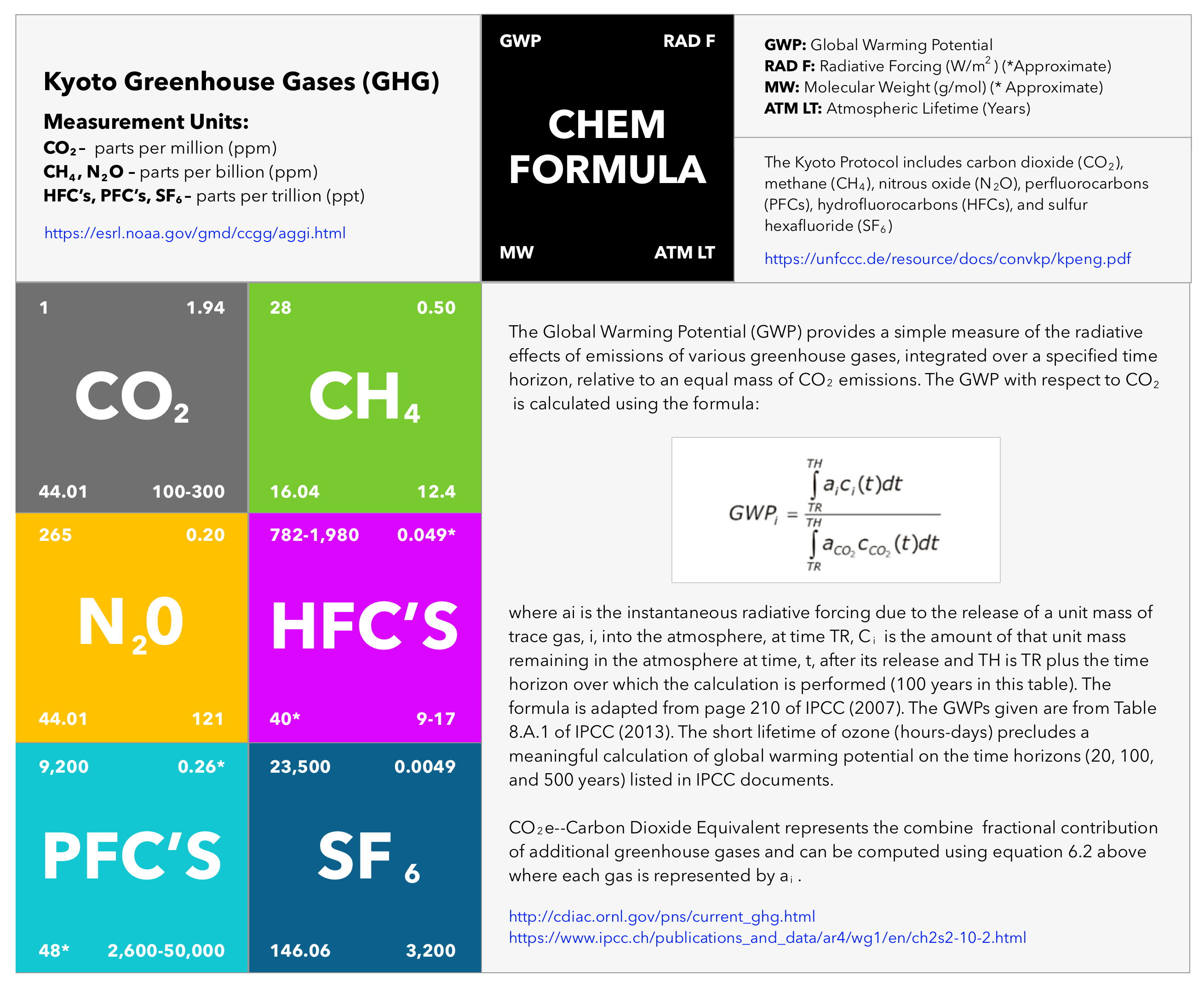
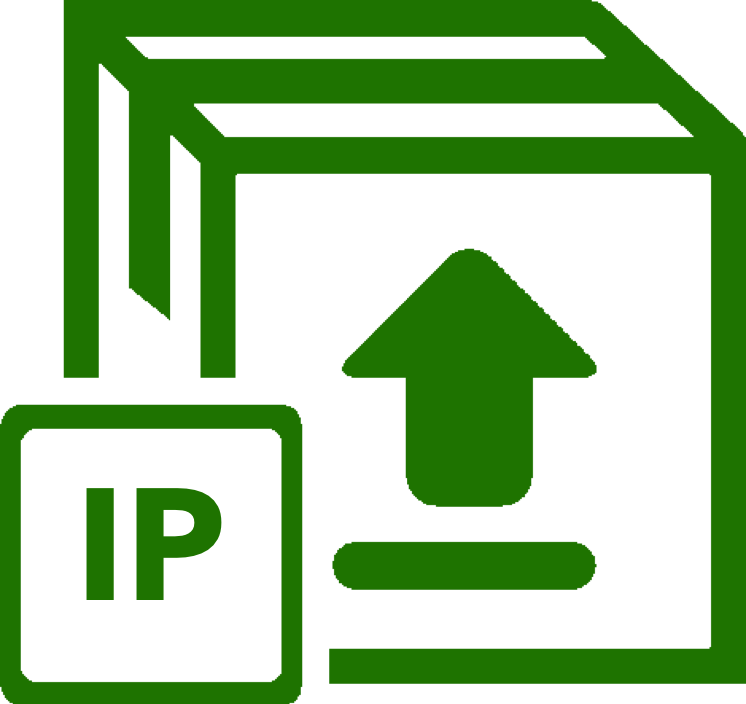 Indigenous Peoples (IP) Avoided Carbon
Indigenous Peoples (IP) Avoided Carbon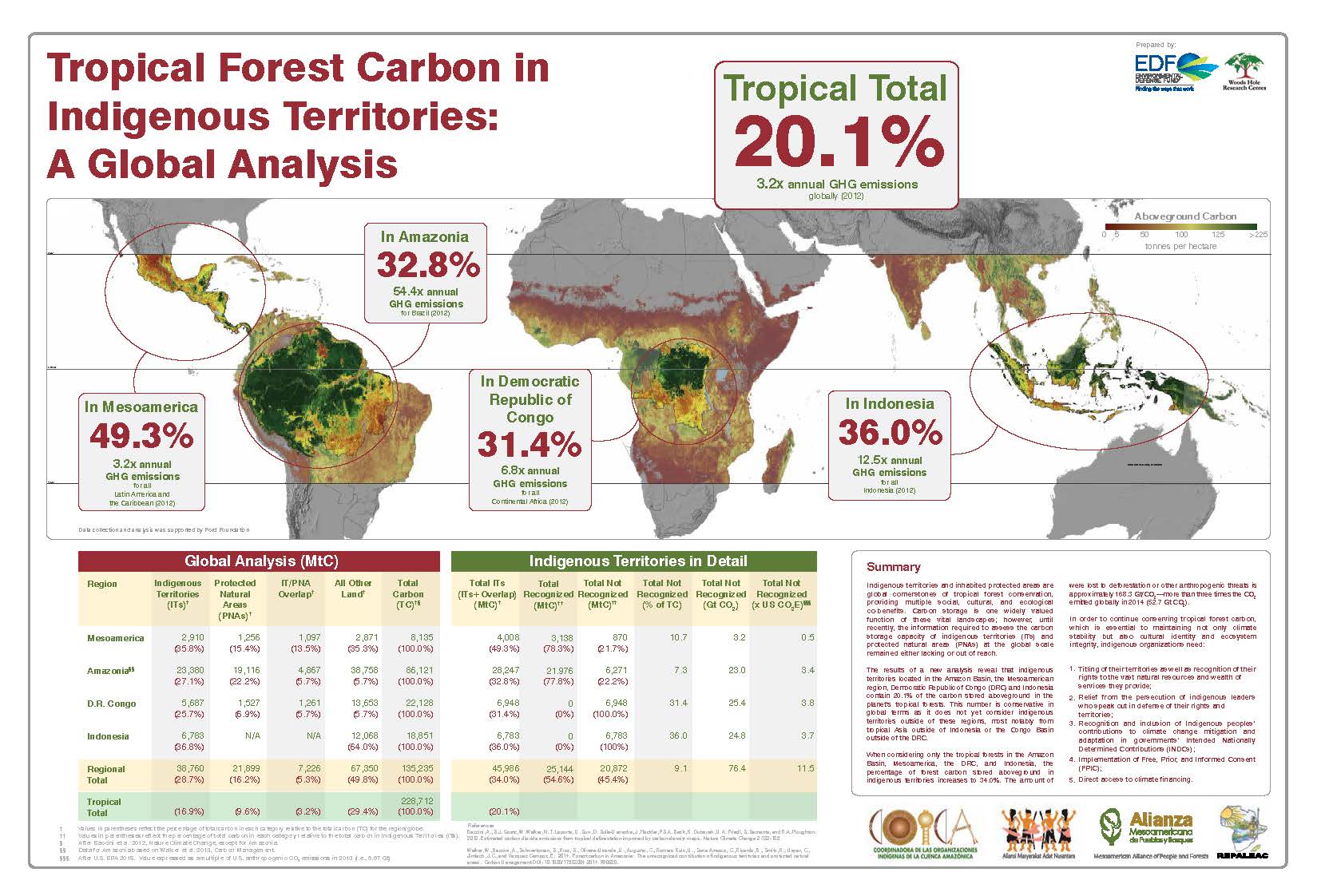
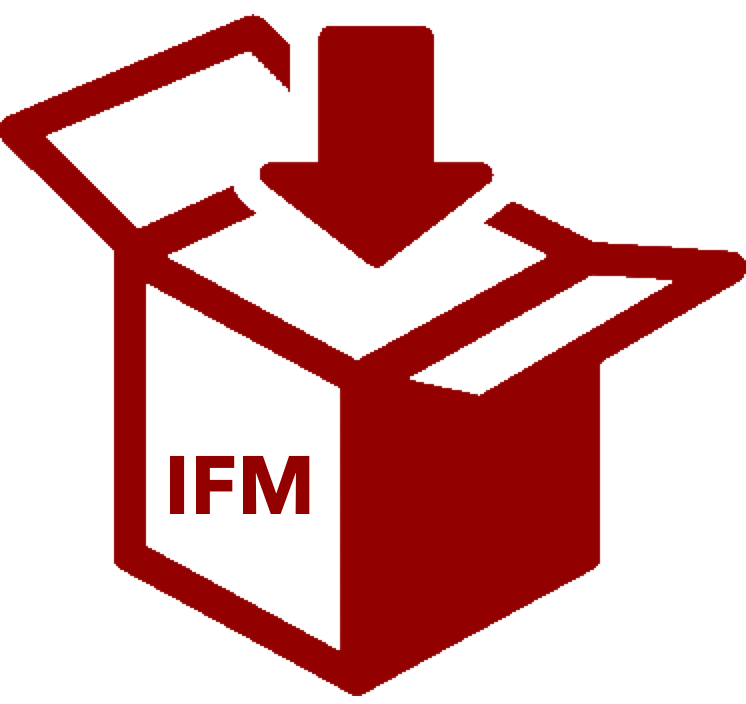 Improved Forestry Management (IFM) Sequestration
Improved Forestry Management (IFM) Sequestration Afforestation (AF) Sequestration
Afforestation (AF) Sequestration
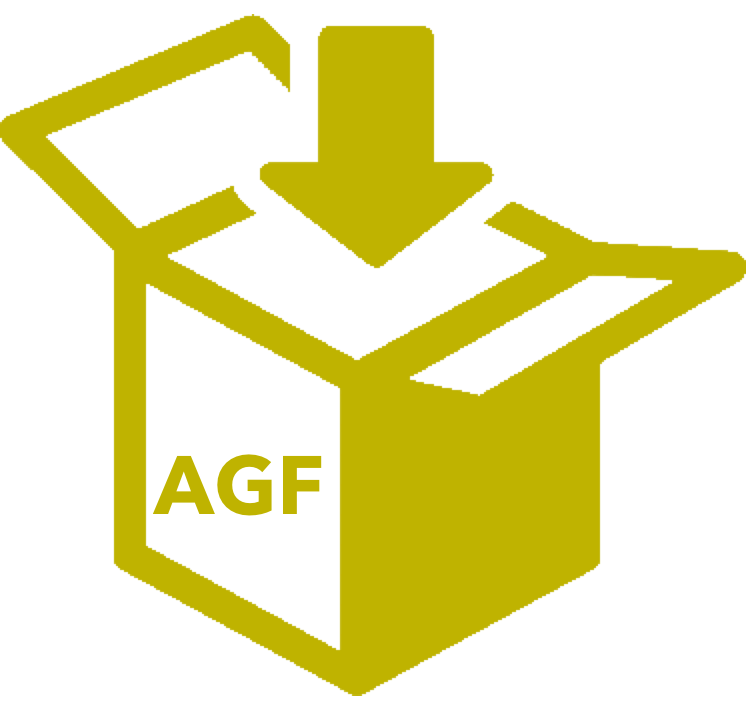 Agroforestry (GF) Sequestration
Agroforestry (GF) Sequestration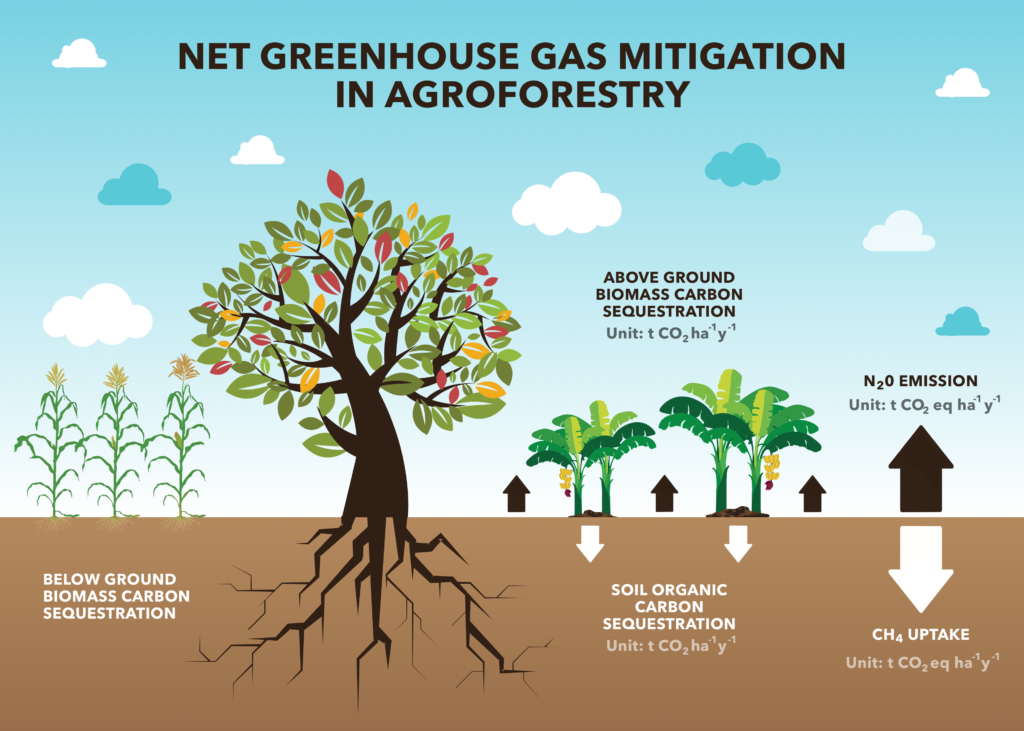
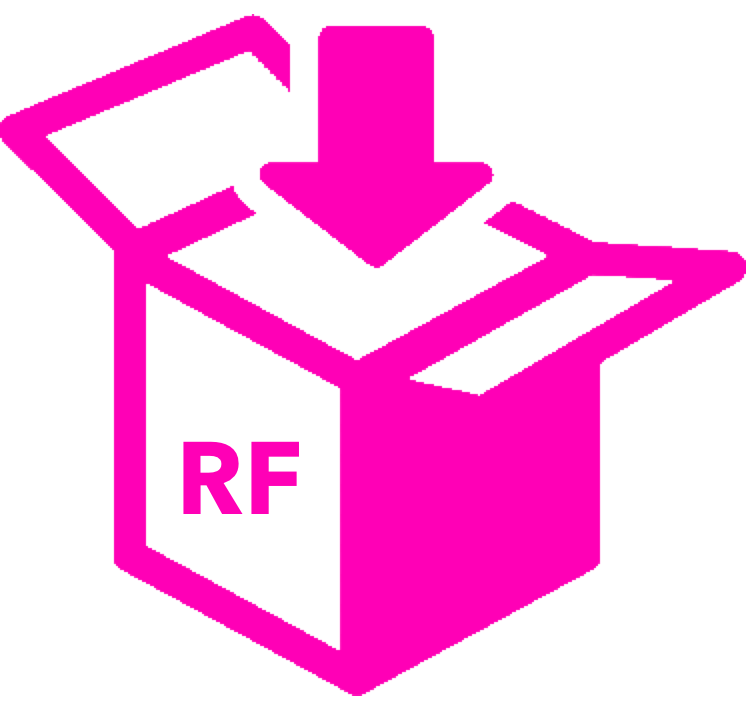
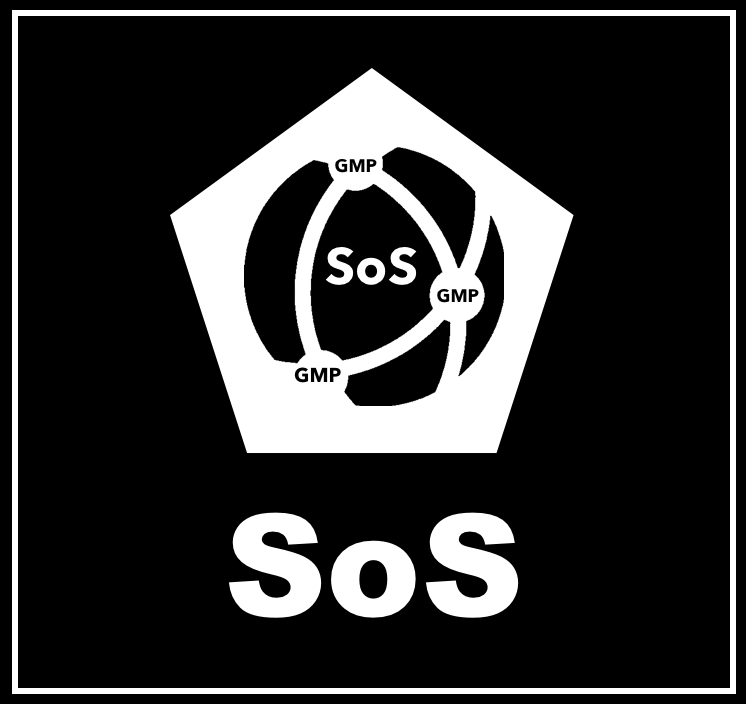 The System of Systems (SoS)
The System of Systems (SoS) QuantumQarbon
QuantumQarbon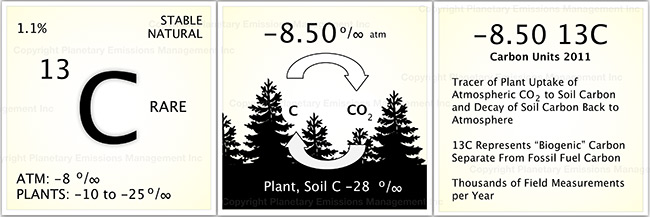
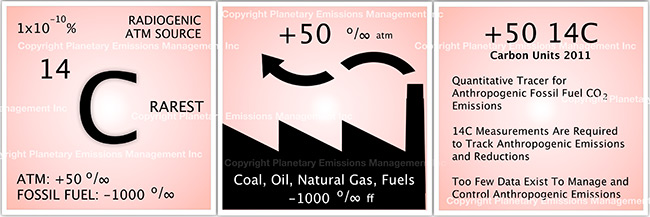
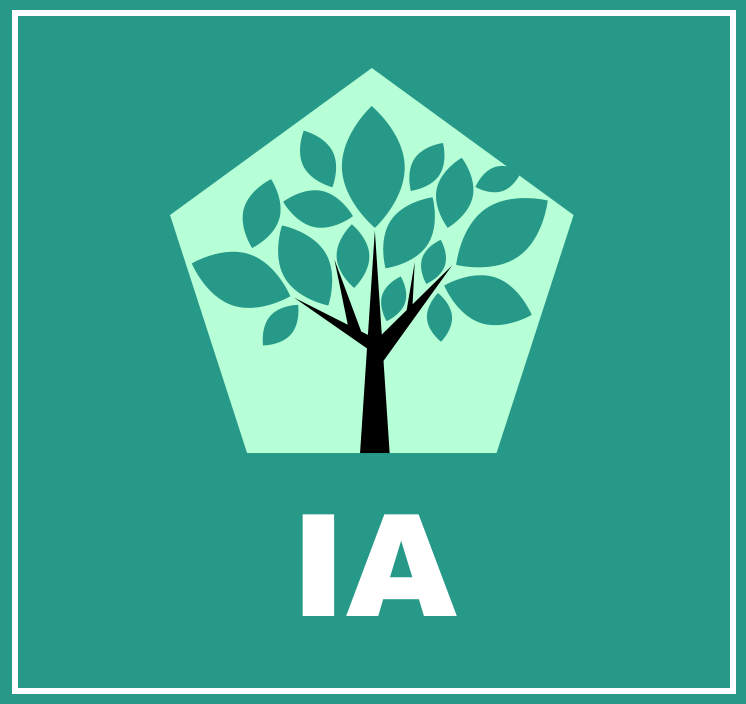 Carbon isotopic analysis (IA)
Carbon isotopic analysis (IA)

 Carbon Dioxide (CO2)
Carbon Dioxide (CO2)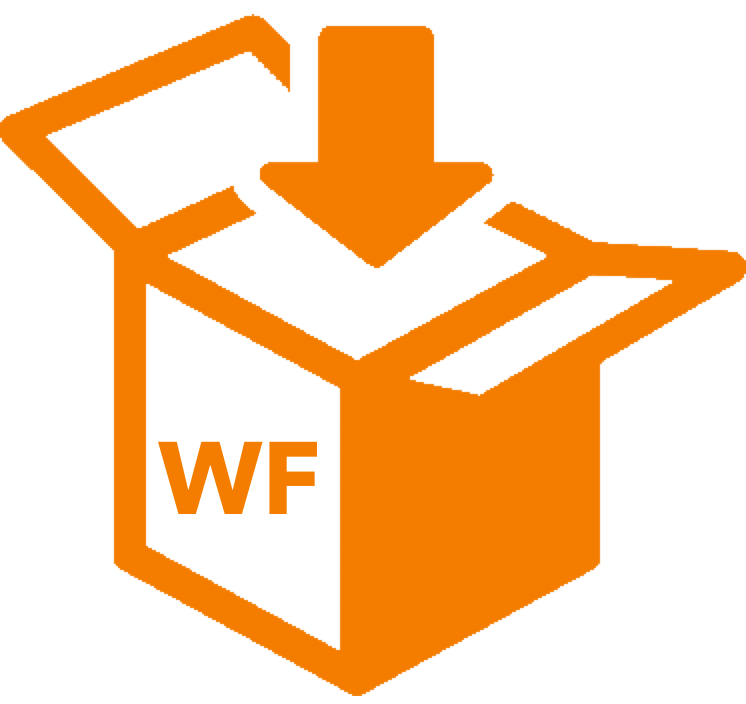 Working Forest Carbon Sequestration
Working Forest Carbon Sequestration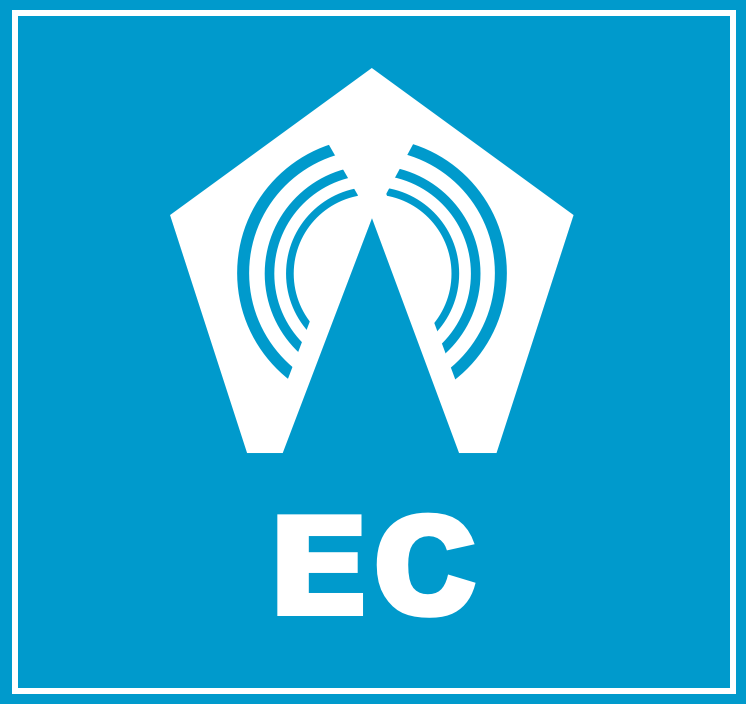 Eddy Covariance (EC)
Eddy Covariance (EC) Soil Accumulation Chambers (SAC)
Soil Accumulation Chambers (SAC) Soil gas probes (SGP)
Soil gas probes (SGP) Exsolvation of Dissolved CO2 (CO2(aqueous)) and CH4
Exsolvation of Dissolved CO2 (CO2(aqueous)) and CH4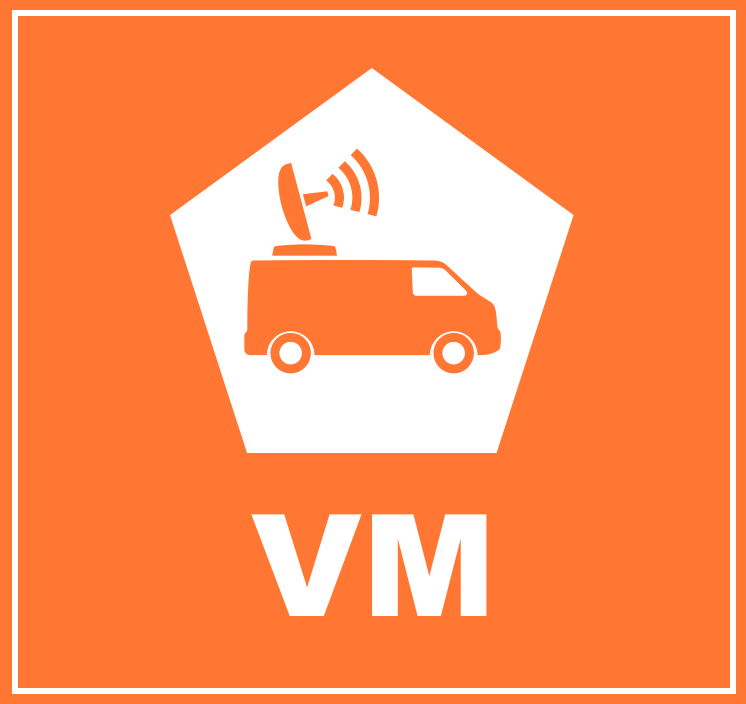 Vehicle Mounted Fast Response Gas Analyzers (VM)
Vehicle Mounted Fast Response Gas Analyzers (VM)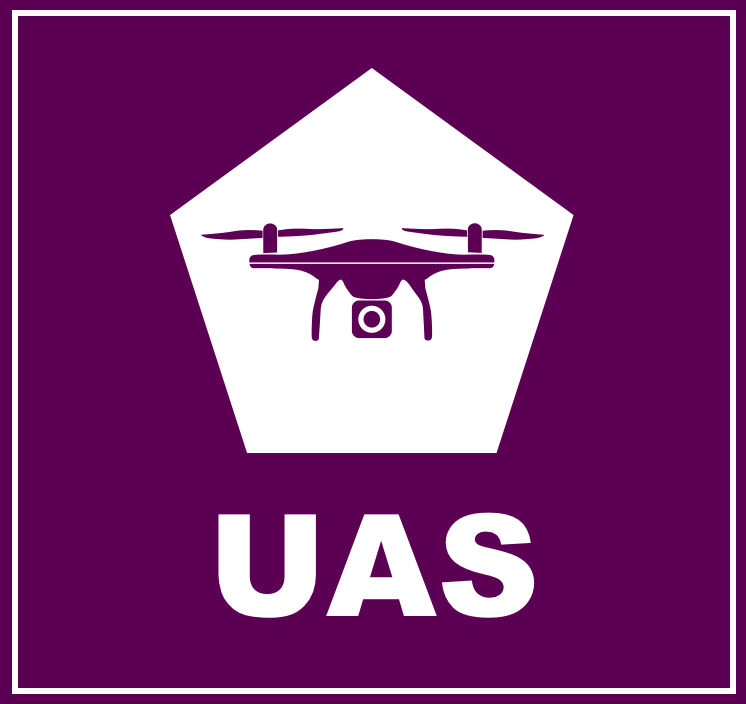 Unmanned Aerial Systems (UAS) and Remote Sensing (RS)
Unmanned Aerial Systems (UAS) and Remote Sensing (RS)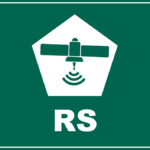 A variety of UAS’s may be used in a project to record the status of forest conditions at low altitude (e.g., ~1,000 ft) on a routine basis, when a disturbance has occurred (e.g., hurricane, drought, timber operations) or for surveillance of forest activity by landowners or others accessing the site. Typical capabilities may include spectral imaging of the tree canopy and mapping functions to reveal differences along the flight path over time. In addition, UAS’s may also carry miniaturized gas sensors for CO2, CH4 and other atmospheric gases. The use of remote sensing (RS) for ecological research is well documented covering spectral bands for normalized difference vegetation index (NDVI), leaf evapotranspiration and other features of the biotic and abiotic project area.
A variety of UAS’s may be used in a project to record the status of forest conditions at low altitude (e.g., ~1,000 ft) on a routine basis, when a disturbance has occurred (e.g., hurricane, drought, timber operations) or for surveillance of forest activity by landowners or others accessing the site. Typical capabilities may include spectral imaging of the tree canopy and mapping functions to reveal differences along the flight path over time. In addition, UAS’s may also carry miniaturized gas sensors for CO2, CH4 and other atmospheric gases. The use of remote sensing (RS) for ecological research is well documented covering spectral bands for normalized difference vegetation index (NDVI), leaf evapotranspiration and other features of the biotic and abiotic project area.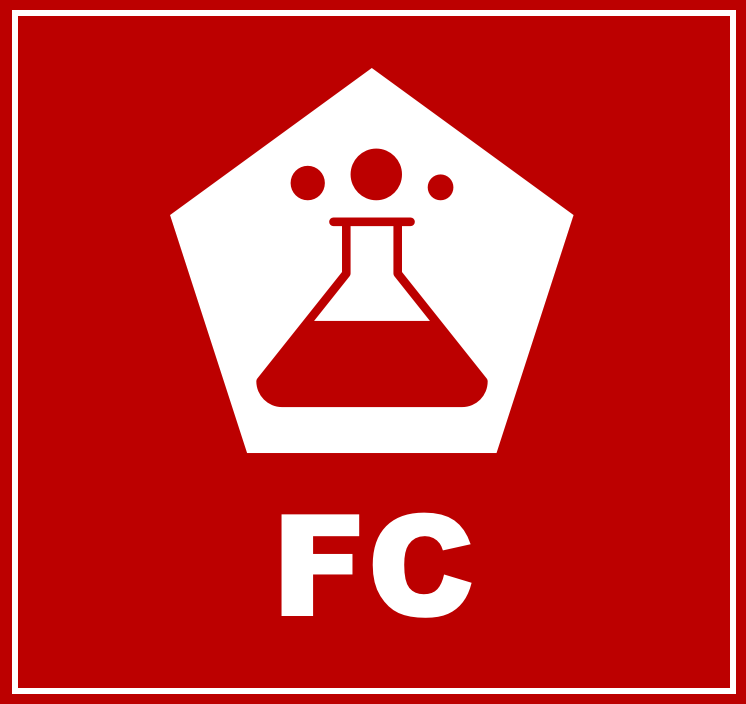 Flask Collection (FC)
Flask Collection (FC) Nitrous Oxide (N2O)
Nitrous Oxide (N2O) Sulfur Hexaflouride (SF6)
Sulfur Hexaflouride (SF6)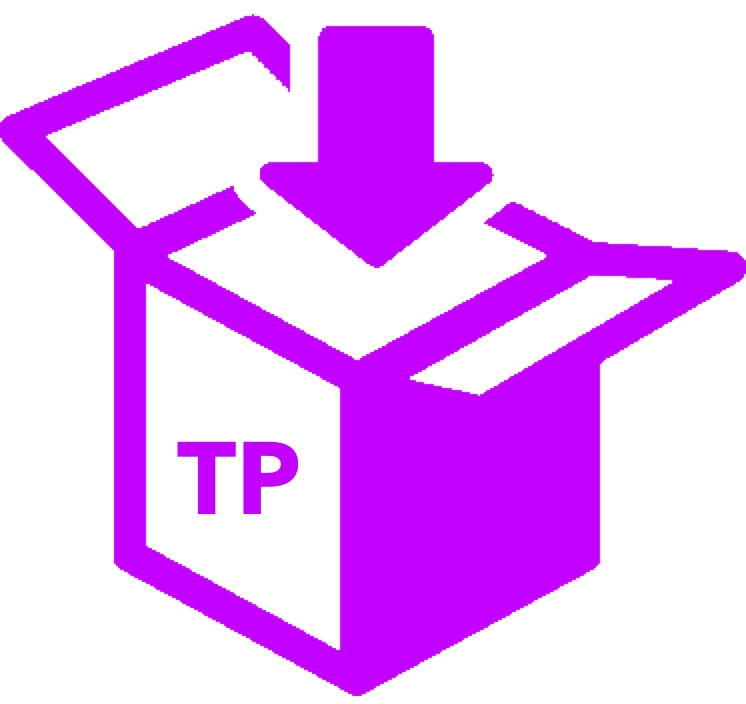 Tree Plantation
Tree Plantation Perfluorocarbon (PFC)
Perfluorocarbon (PFC)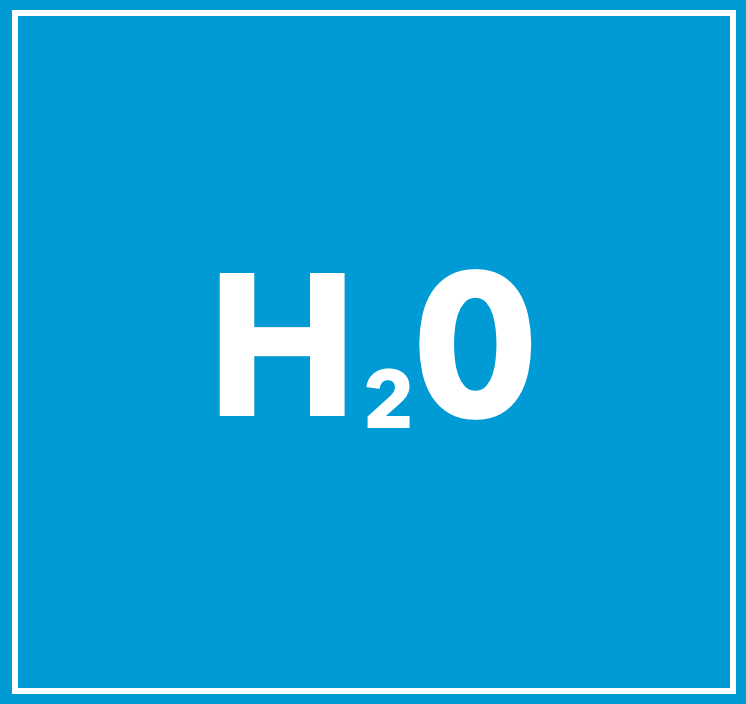 Water Vapor (H2O)
Water Vapor (H2O)
Leave a Reply